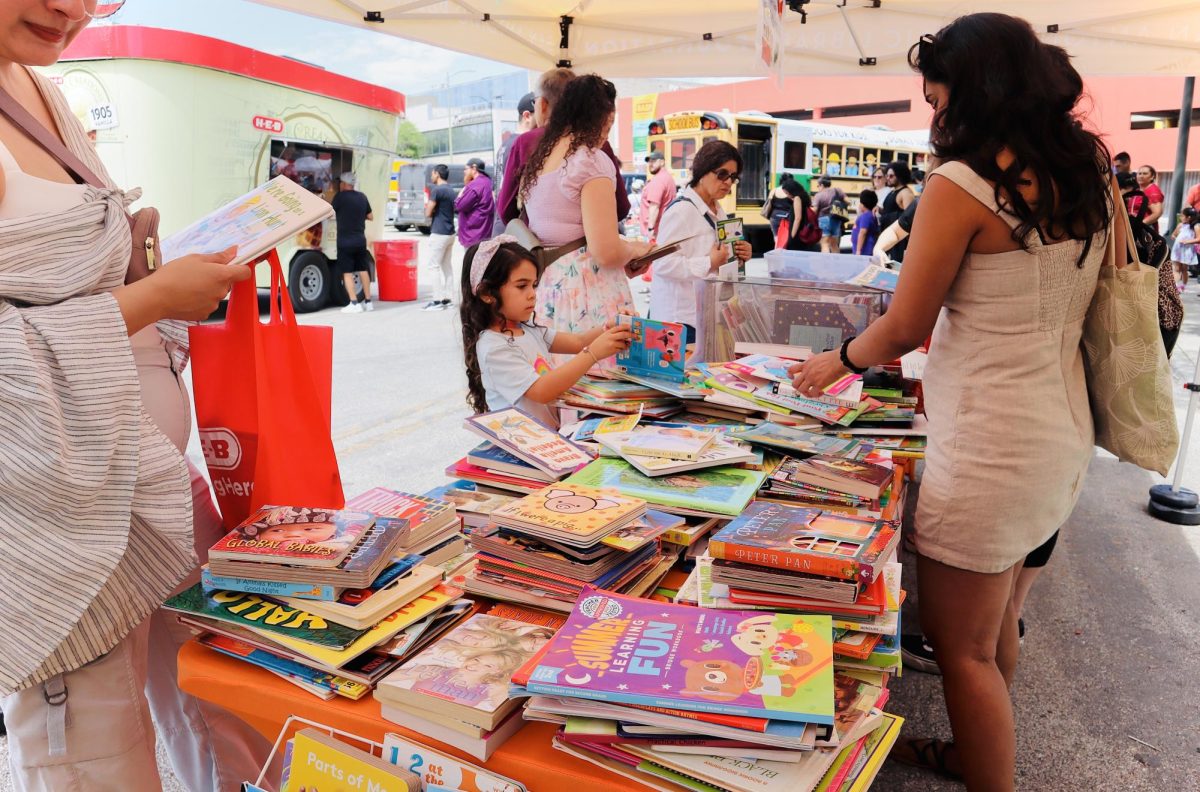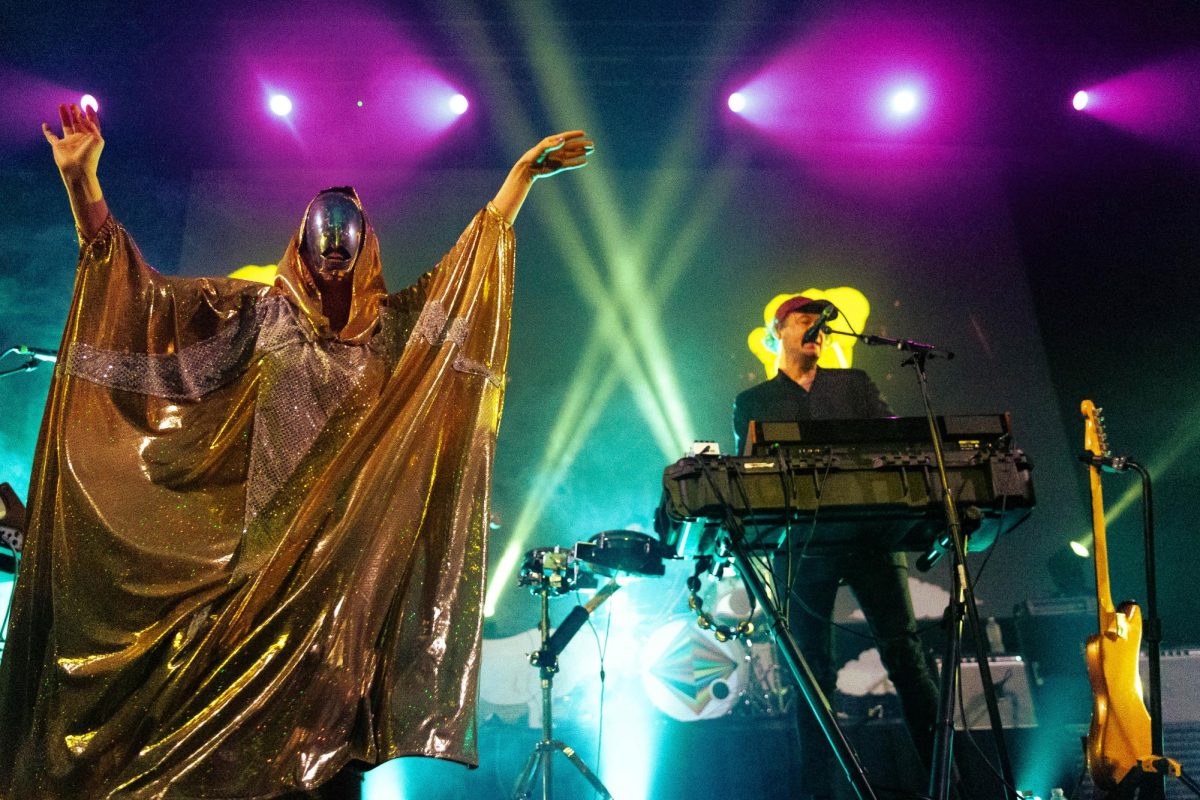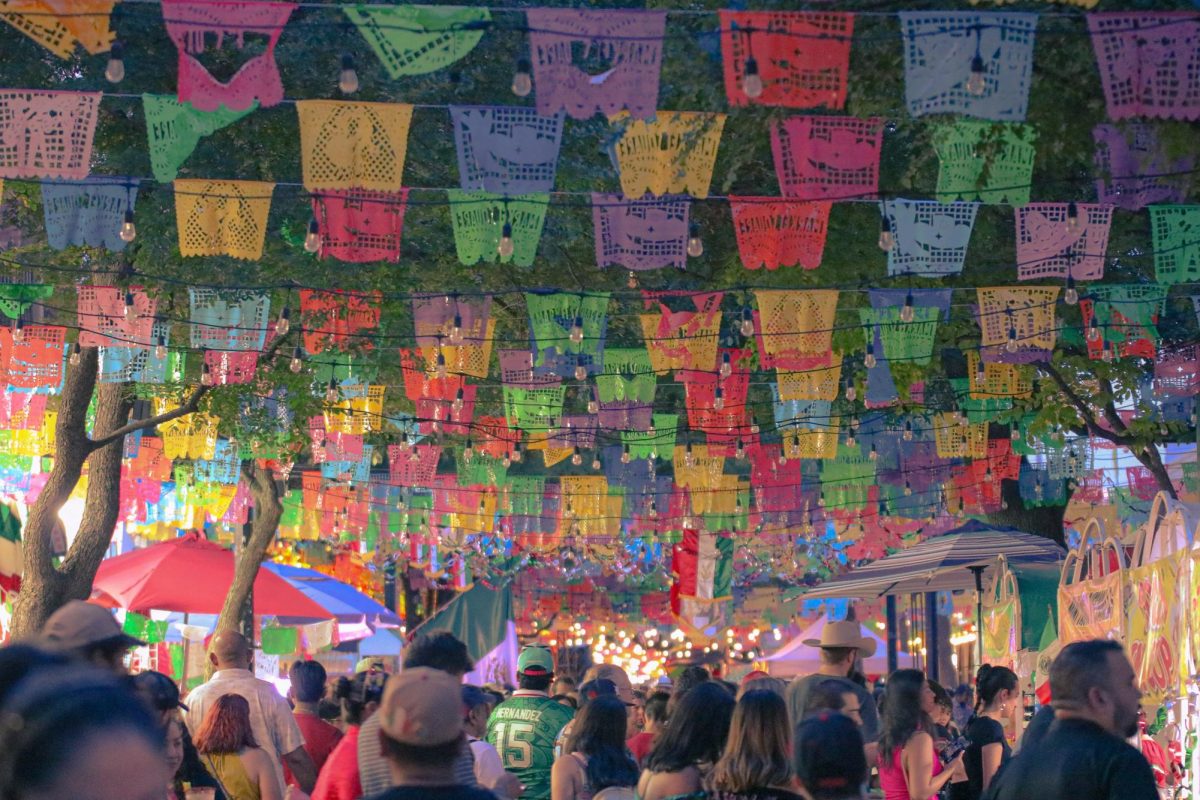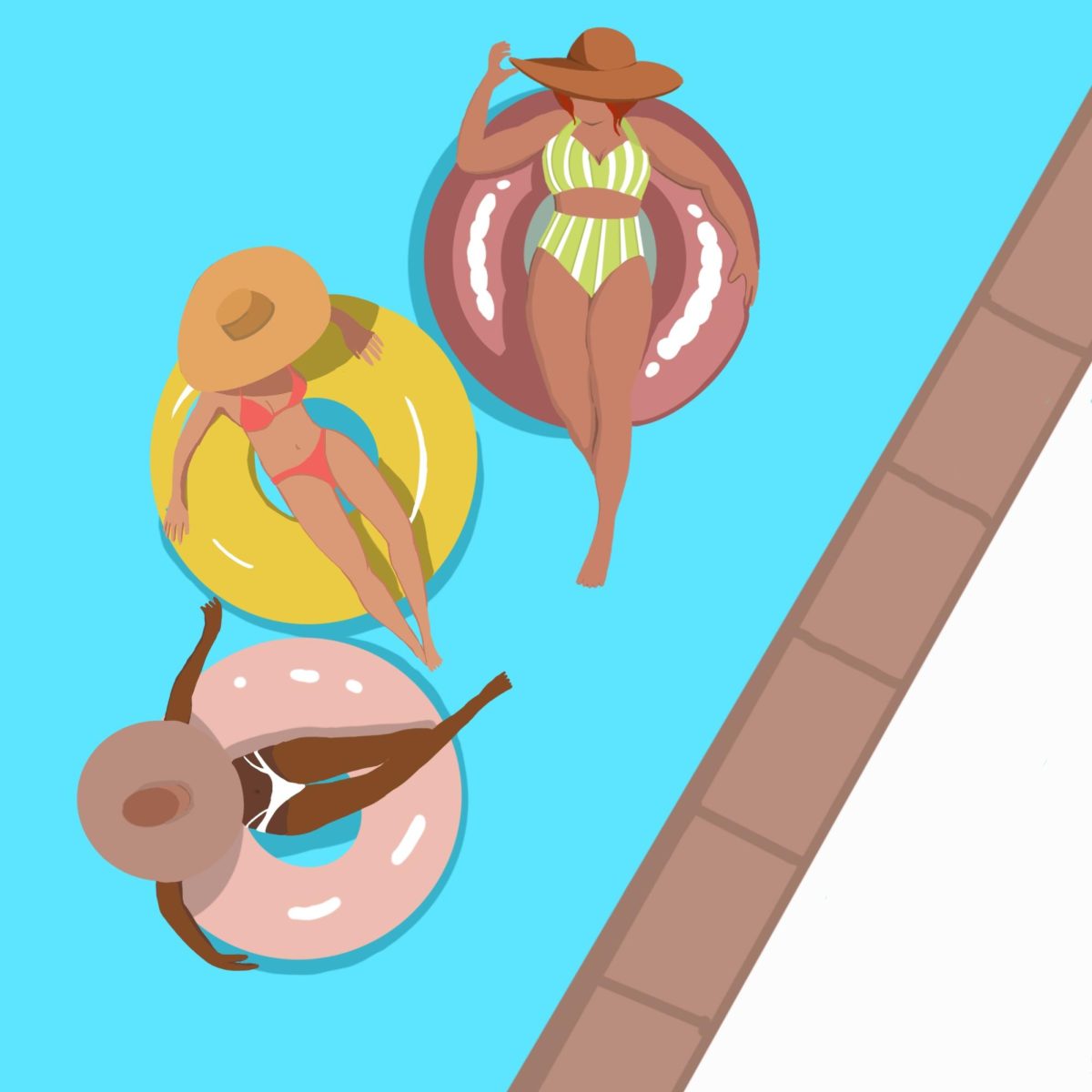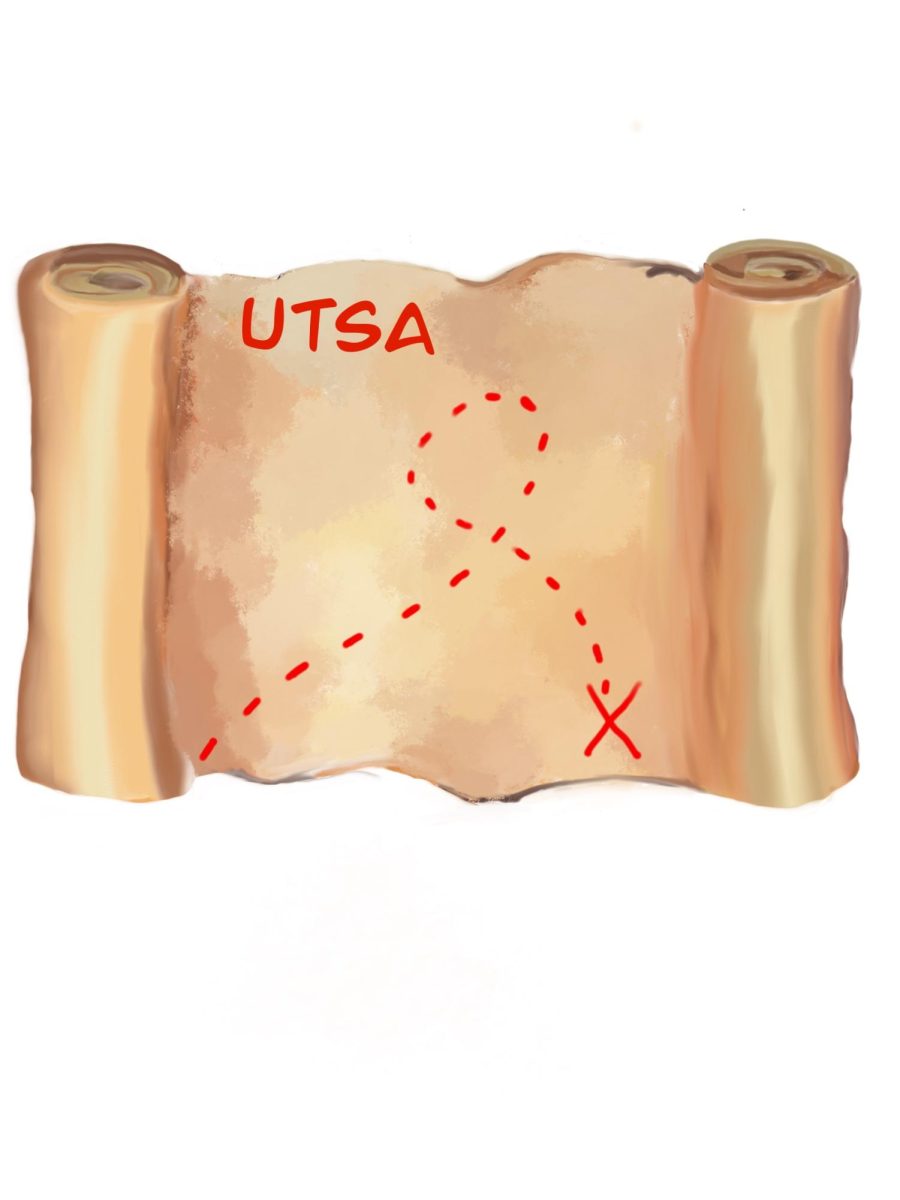
Photo Courtesy of San Antonio Museum of Art
Porcelain bowls, silk tapestries and delicate ink landscapes are not present in “28 Chinese,” the new contemporary Chinese art exhibition at the San Antonio Museum of Art. Instead, pieces that decontextualize everyday objects and tradional mediums confront viewers, inspiring new ways of seeing and thinking.
“28 Chinese” is a selection of pieces from the Rubell Family Collection intended to give audiences a brief taste of the contemporary art scene in China. Originally shown at the Rubell Family Collection/ Contemporary Arts Foundation in Miami Florida and then at San Francisco’s Asian Art Museum, “28 Chinese” now makes its third stop in San Antonio.
During a decade of trips to China and visits to artists’ studios across the country, Mera and Donald Rubell collected works from 28 prominent and upcoming contemporary Chinese artists.
“The studio represents entering the inner, inner sanctum of the artist’s practice and life,” Mera explains in the exhibition’s catalog. “We always feel like someone is letting us into a very intimate experience about who they are and why they make the work.”
The massive exhibition spans six of SAMA’s galleries, completely taking over the Contemporary Collection and even spilling into the Latin American Collection. Curated by Anna Stothart, the Brown Foundation Curator of Modern and Contemporary Art, “28 Chinese” is divided into four sections—Social and Political Activism in Art; Landscape: New Traditions; Contemporary Portraiture; and Abstraction: Optical Play.
Drawing a lot of attention in the Cowden Gallery is “Boat” by Zhu Jinshi. This monumental installation is composed of over 8,000 sheets of calligraphy paper laid over bamboo roads and left to float over the ground by cotton thread. Although the paper constructs a massive tunnel, the piece appears weightless. As visitors pass through it, light trickles through the wall of paper and the noise of the outside gallery washes away. In contrast to its social media exploitation, “Boat” establishes an intimacy between its viewer and its effortless form, which seems to ship everyday concerns away.
Ross Hutchinson, a senior fine arts major at UTSA and an intern at SAMA, worked with another intern and the museum staff to assemble “Boat.”
“They taught us a specific way to crumble the paper,” described Hutchinson on the building process. “Even after your done building it, the paper will get less crinkled over time,” explained Hutchison.
This dynamic aspect is reflective of Zhu Jinshi’s other piece in the exhibition “Epoch Color”. In this 2-D piece, the oil paint is applied so thickly that it has yet to completely dry. The paint continues to run down the surface ever so slowly and very much unnoticeably. Jinshi’s works elicit a reflective and considerate tone in the viewer, but like the constantly changing world that surrounds them, these pieces are also in flux.
Liu Wei’s “Liberation No. 1” is another centerpiece of the show. Nearly 10 feet tall and almost 18 feet long, this oil painting has meticulously placed lines that were created through digital software. However, the individual shapes were painted by Wei’s workshop of artists. Through this maze of horizontals and verticals, the viewer’s eyes try desperately to make out a scene, and echoes of a cityscape appear. The digital lines evoke the sometimes stiff, repetitious feel of the business-oriented city, but the city is ultimately made up of individuals like the painted shapes of the composition.
“My works have no specific meaning. This is left for the audience to decide,” says Wei about his various pieces. “But they wipe a layer of dust from the surface of reality, forcing it to expose its true face.”
Spread across 4 monitors in the Contemporary gallery is “Lovers Are Artist (Part One)”by Fang Lu, one of only two women in the show. In one of the monitors, a woman in a vibrant orange dress is seen buying typical, everyday goods at the market, but then in the adjacent monitors, this women lets go of the purposes that are associated with these products and begins to use them for her own creative endeavors. She uses the streets and alleyways as her studio and expresses her own individuality through these common goods.
Annie Labatt, a professor in the Department of Art & Art History, was at the opening of the exhibition, and stated “…like the title, which seems like it is leaving you hanging, the show expects the visitor to complete the pieces—to walk around them, to question them, to be surprised, awed and changed by them.”
“28 Chinese” opened to the public on September 5 and will be active through January 3, 2016,giving San Antonio viewers a rare view of the powerful themes and issues that these 28 Chinese artists are dealing with in their world of rapid urbanization and globalization. The exhibition allows for a conversation to develop between the contemporary art practices in the Western World and those of the Eastern World.
Entry for the exhibition is $10 for adults, plus the normal entry fee for the museum. For additional information on SAMA’s hours and admissions, visit www.samuseum.org.






